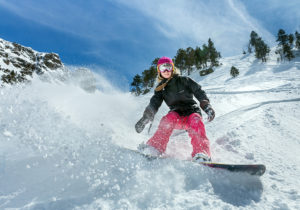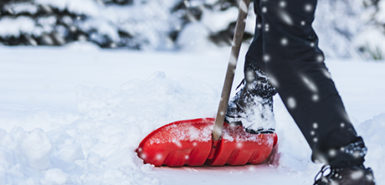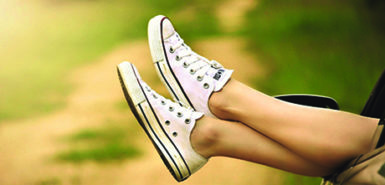
The growing popularity of snowboarding and skiing has meant more injuries on the slopes, a new review shows.
In 2015, more than 140,000 people were treated in U.S. hospitals, doctors’ offices and emergency rooms for skiing and snowboarding-related injuries, according to the U.S. Consumer Product Safety Commission.
Our Take
During his training in Vail, Colorado, Travis Menge, MD, treated many patients with a wide range of sports medicine injuries.
“While the use of protective equipment, including helmets, wrist guards and bracing has increased significantly in the past 10-15 years,” the Spectrum Health Medical Group orthopedic surgeon said, “knowing your own athletic abilities and avoiding placing yourself at unnecessary risk is of utmost importance.”
He suggested people acknowledge their limitations and keep tabs on their energy levels.
“Low-velocity injuries, such as skiing down a cat track, commonly occur at the end of the day when an individual is fatigued,” said Dr. Menge, a specialist in sports medicine and hip arthroscopy. “When your muscles are exhausted and your reaction times slowed, subtle variations in the snow conditions or trail can result in significant ligament or tendon injuries, fractures, or other soft tissue damage.”
Snowboarders are three times more likely than skiers to be injured. In 1989, snowboarding injuries accounted for 4 percent of all snow sport-related injuries, before rising to 56 percent by 1999, according to the review.
The review was published this month in the Journal of the American Academy of Orthopaedic Surgeons.
“Skiing and snowboarding are associated with a large number of injuries, with specific patterns and anatomic areas affected,” said study author and orthopedic surgeon Dr. Brett Owens.
“While some injuries are unavoidable, many are caused by skiers and snowboarders exceeding their comfort zone in either speed or technical challenges on the mountain,” Owens said in a journal news release. “It is critical to stay in control and be prepared to slow and stop to avoid contact with another person on the slope.”
The most common skiing and snowboarding injuries are to the spine, pelvis, shoulders, wrists, hands, knees, feet and ankles.
“Snow sport athletes can best prepare for their sport with a general preseason conditioning program, as well as familiarity and maintenance of equipment,” said Owens, who’s also a professor of orthopaedic surgery at Brown University.
He added that skiers and snowboarders should: always wear a helmet; avoid alcohol and drugs; be extremely cautious in poor weather conditions; always obey signs and ski patrol instructions; and never ski out-of-bounds.
 /a>
/a>
 /a>
/a>
 /a>
/a>